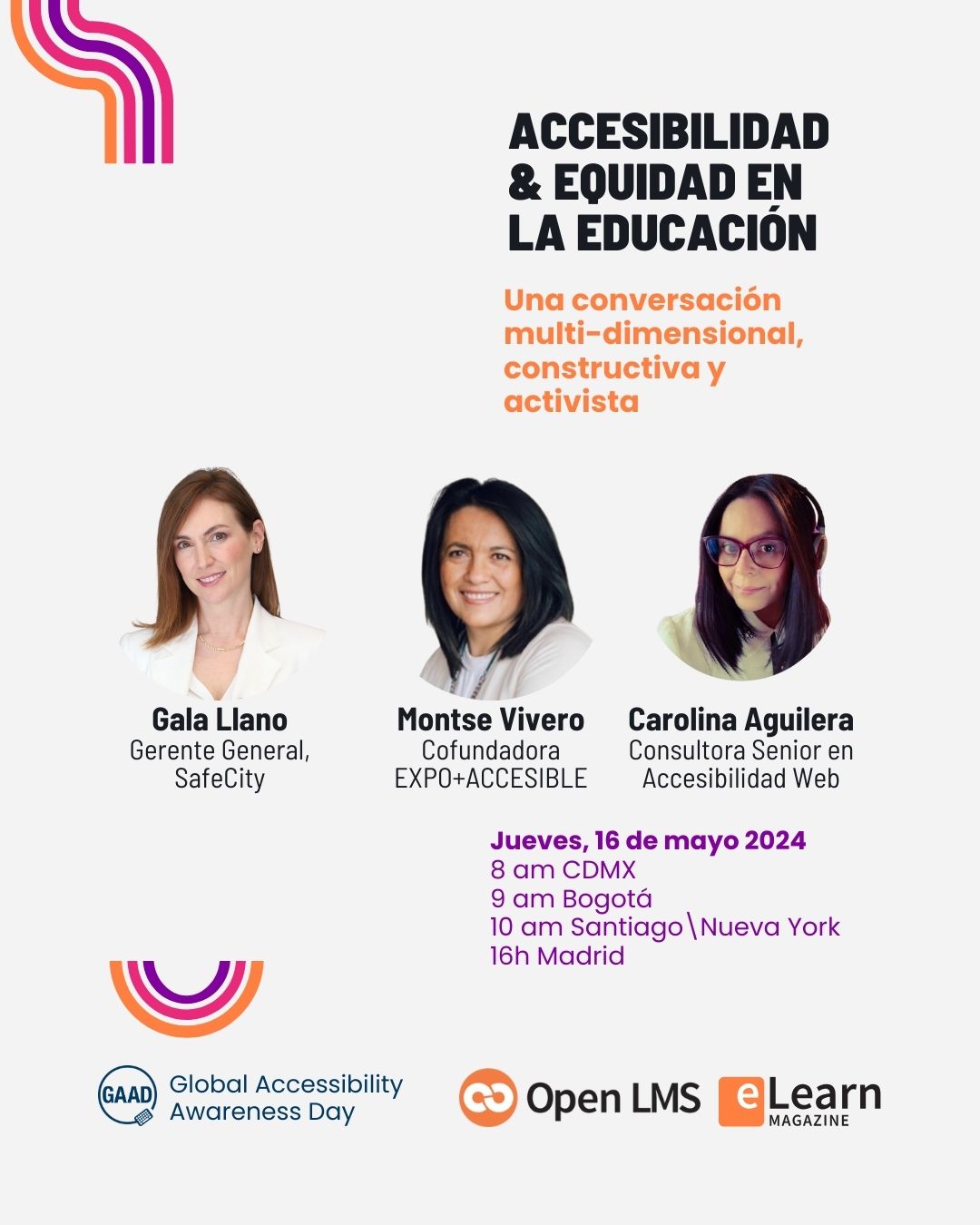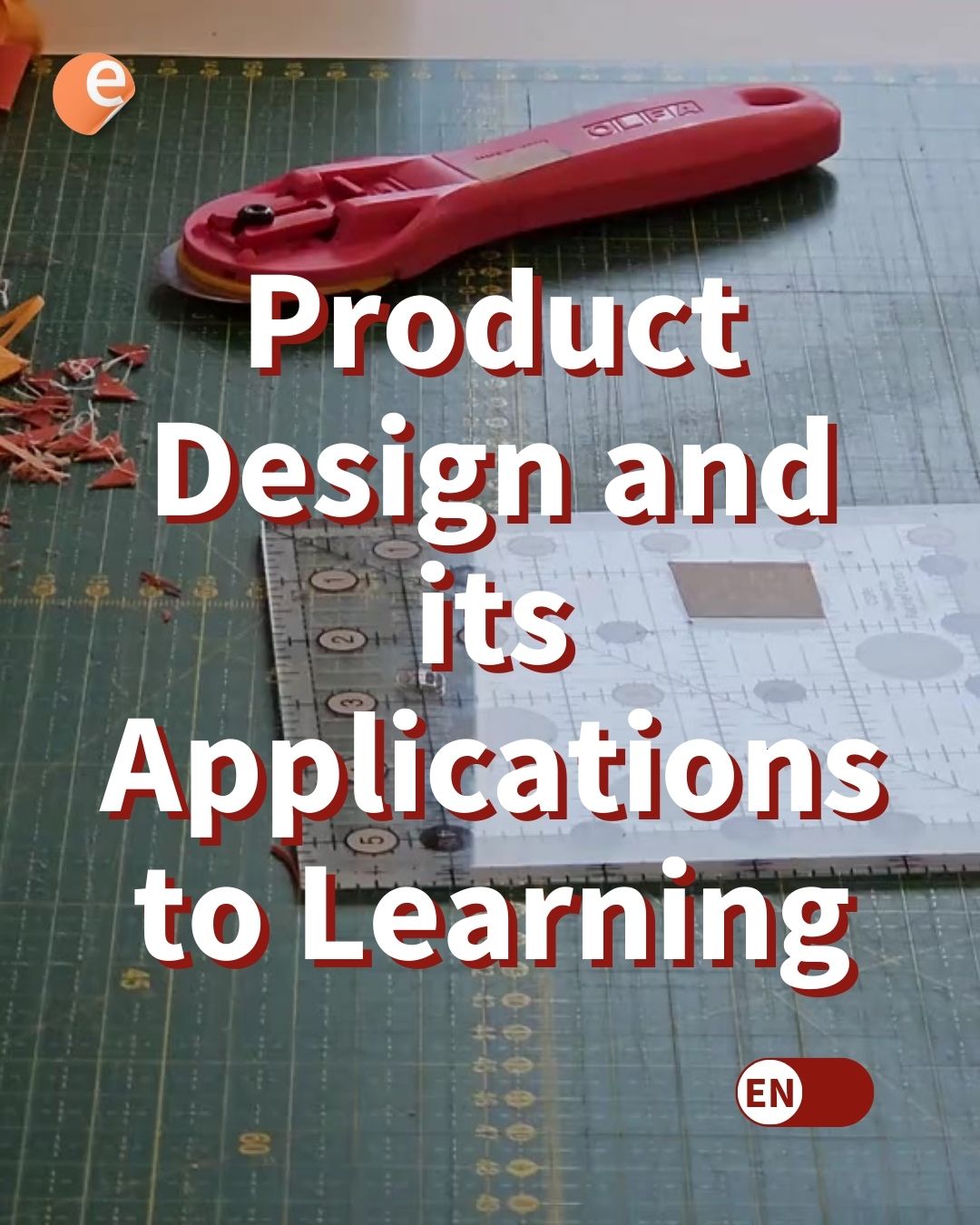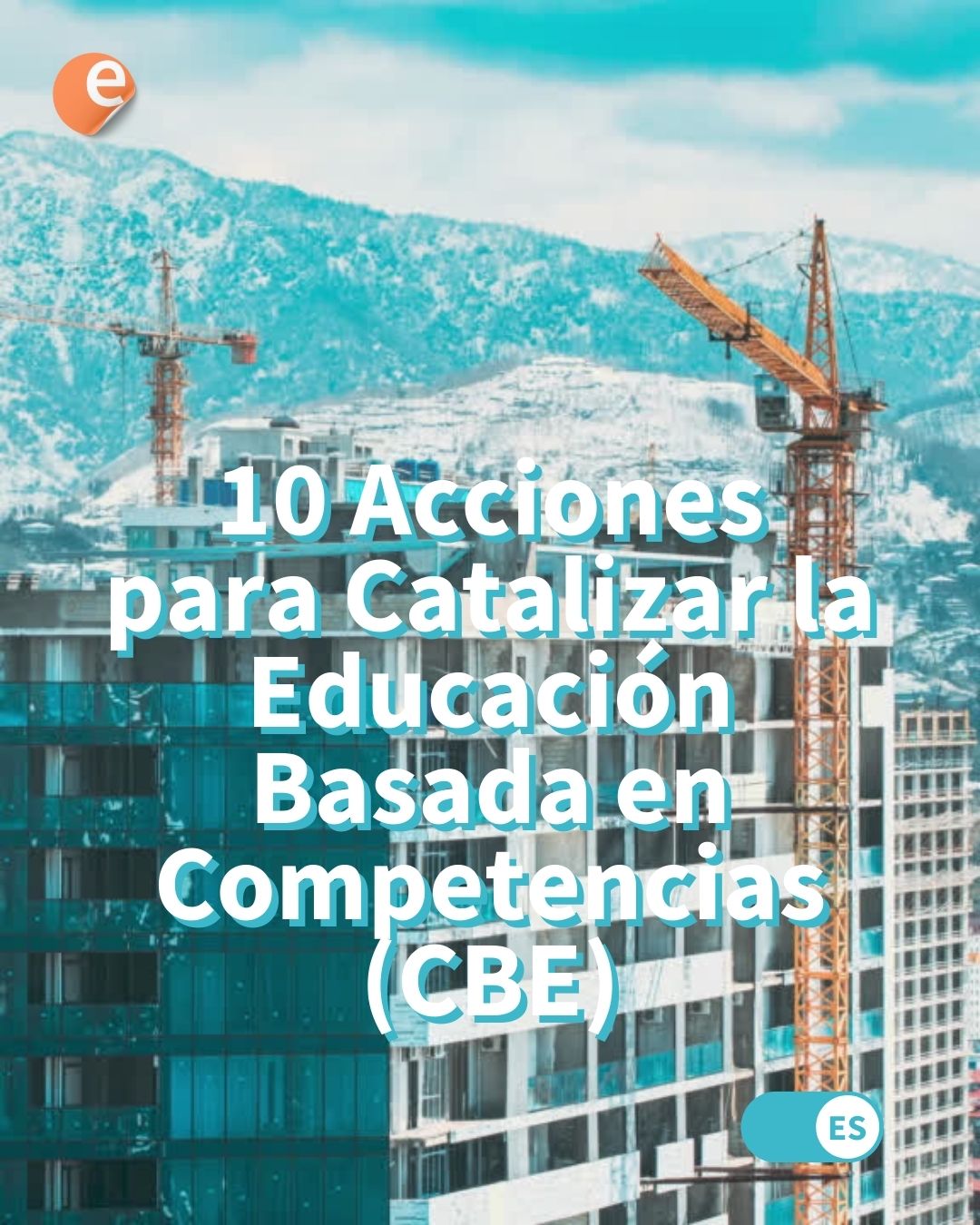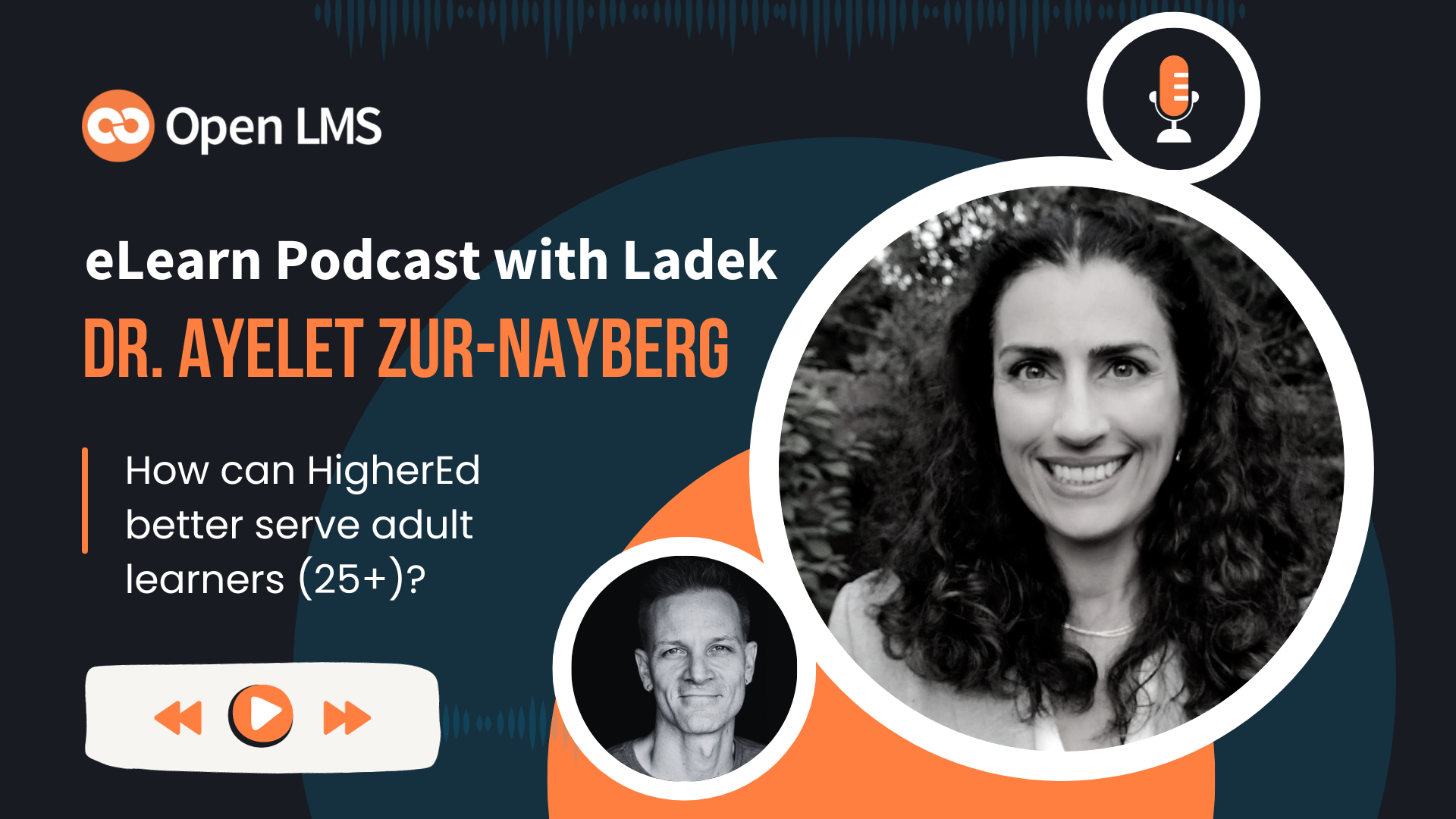eLearning is referred to as the use of the internet as well as other digital innovations and technologies to educate across geographical lines. This name dates back to around 2001, but the History of eLearning offers a rich, centuries-old background. eLearning was first coined in 1999 during a CBT (Cognitive Behavioral Therapy) seminar. It is also used to exchange and store knowledge in an easy-to-access manner. It has a long and colorful history, with its roots tracing back to the early days of the internet.
The first eLearning platforms were created in the late 1990s. These early platforms were simple and focused mainly on delivering content. Over time, they evolved to become more sophisticated, with features like tracking learner progress and providing feedback. Nowadays, eLearning platforms are used by millions of students and institutions worldwide. More so, today, learners have access to paper writer service platforms and numerous educational apps to help them with their eLearning needs.
eLearning has also become an essential tool for organizations and businesses of all sizes. Although the concept became mainstream in the early 2000s, eLearning dates back dozens of years. Here is a detailed breakdown of all the critical milestones of eLearning.
1728: Introduction of the First Distance Learning Course
Antecedents for eLearning can be traced back to the 18th century when in 1728, Bostonian Caleb Phillips ran the first known distance learning course. The course was called “The New Method of Short-Hand,” and was advertised in Boston papers. Phillips promised to teach his students short-hand via mail, and course lessons were distributed to them weekly.
1858: The University of London Starts Offering Distance Learning Courses
The next significant milestone in the history of eLearning came about 130 years later, as the University of London became the first institution to offer distance learning courses. In 1858, the University of London started offering an “Examination in Arts and Law.”
These were the first ever university examinations that could be taken by students who were not physically present at the university campus.
1924: The Invention of the Automatic Teacher
The ‘20s were a vital age in eLearning. It was in 1924 that Professor Sidney Pressey, a professor at the University of Ohio, created the first “Automatic Teacher.” The machine was a primitive version of today’s eLearning platforms, and it was invented to automatically replace standardized testing in a more engaging and interactive way.
Unfortunately, this invention never reached mass production from a lack of investments and interest.
1930: The BBC Broadcasts the First Educational TV Show
The BBC aired the first educational TV broadcast in 1930. The show, called “The Schoolmaster,” was a series of 26 episodes, and it was designed to help students prepare for their exams.
Although the show was not interactive as eLearning today, it still marked a significant step in what was to become sophisticated and highly interactive eLearning.
1940: The First Correspondence Course Is Introduced
Iowa State University introduced the first correspondence course in 1940. The “Farmers Short Course” course was created for farmers who could not physically attend the university. The coursework was delivered via mail and included lessons, quizzes, and tests.
The course was a big success and paved the way for many other universities to offer similar types of distance learning courses. It was a significant improvement from the 1728 eLearning.
1957: B. F. Skinner Invents the Teaching Machine
Burrhus Frederic Skinner is a crucial figure in the world of modern psychology. Besides being credited for his Operant Conditioning theory of learning, the famous behaviorist is also the inventor of the “Teaching Machine.” The Harvard University professor’s type of machine learning was labeled the Gilder.
It differed from Pressey’s “Automatic Teacher” since it was intended to teach students rather than just test them. Skinner’s device was moderately successful.
1960: PLATO Is Born
(Programmed Logic for Automated Teaching Operations or PLATO is among the leading innovations in the history of eLearning. Created by a team of engineers at the University of Illinois led by Professor Don Bitzer, PLATO was an interactive computer system that allowed students to learn and interact with each other via message boards and chat rooms.
The system also included several educational games, and it is considered to be one of the precursors of today’s eLearning platforms. The ultimate aim was to increase student literacy, but the educational tool outgrew its primary educational purpose, becoming a foundation of today’s multi-user computing.
PLATO was utilized by numerous universities around the world. It is estimated that about 10 million students used the system during its 30 years of operation. It is directly behind modern eLearning systems such as WebCT.
1966: Computer-Managed Instructions
Stanford University’s Patrick Suppes is the pioneer of what is now called “Computer-Managed Instructions” or “CMI.” The professor, who was also a mathematician, philosopher, and economist, developed a computer program that could manage all aspects of the learning process, including assessment, content delivery, and progress tracking.
The CMI system was used to teach math to Stanford students. Although the project was not very successful, it is considered one of the first real examples of eLearning. Other academics later improved it, and it is still in use in some institutions.
1972: Email Is Born
In 1972, Ray Tomlinson sent the first email ever. He was a computer engineer working on the ARPANET project. The email system that Tomlinson developed revolutionized communication and had a profound impact on the way people learn. Email allowed for easy and quick communication between students and teachers, quickly becoming an integral part of the eLearning process.
1989: Invention of the World Wide Web
The World Wide Web was invented by Tim Berners-Lee, who was a British computer scientist working at CERN. The WWW is a system of linked documents that can be accessed via the internet. This invention completely changed how everyone could access information and has profoundly impacted eLearning.
1999: The Term eLearning Is Used for the First Time
1999 is undoubtedly the most significant milestone in eLearning, as this is when the term “eLearning” is used for the first time. The term was coined by Gery Conoley, the head of a British company called CBT Systems. eLearning quickly became the preferred term to describe all forms of learning that take place via electronic means.
2002: MIT’s OpenCourseWare
In 2002, MIT launched its OpenCourseWare initiative, making all of its course materials available online for free through its OpenCourseWare project. The move is widely hailed as a success and quickly led to other universities following suit.
Today, hundreds of universities offer free online courses, making eLearning more accessible.
2008: The Term MOOC Is First Coined
In 2008, the term “MOOC” or “Massive Open Online Course” was first introduced by Dave Cormier and Bryan Alexander. A MOOC is an online course open to anyone worldwide, and that does not require fees. The first MOOC was offered by Stephen Downes and George Siemens in partnership with the Canadian Government.
Today, the eLearning market is worth nearly $200 billion. By 2026, the industry is expected to reach the $400 billion mark in the United States alone. Besides schools and other educational institutions, eLearning is also utilized by the corporate world, with most organizations using one form or another of online learning.
Why Is eLearning Embraced?
As is evident from history, eLearning has grown and expanded significantly, and there must be a reason for this. Here are several key reasons why eLearning is embraced in such magnitude:
- Convenience: Learners can study at their own time and pace.
- Flexibility: It can be used to teach anything from school subjects to professional skills.
- Affordability: In most cases, it is cheaper to develop and deliver an online course than a traditional face-to-face course.
- Effectiveness: Studies have shown that learners taking eLearning courses perform better than or the same as those who take traditional face-to-face classes.
- Accessibility: Anyone with an internet connection can take an eLearning course.
- Scalability: It is easier to add more learners to an online program than a traditional face-to-face one.
Challenges in eLearning
Like any other industry, eLearning has faced its fair share of issues. Here are some of the difficulties that eLearning has dealt with:
- One of the major challenges that eLearning has faced is the quality issue. There have been many cases of low-quality courses being offered online. That has led to many learners being disappointed with eLearning.
- Another challenge is the issue of accreditation. Recognized institutions do not accredit many online courses. This has made many employers skeptical about hiring employees who have taken online courses.
- eLearning has also been criticized for being too impersonal. Many learners prefer the traditional face-to-face approach as it is more personal.
Despite the challenges, eLearning has continued to grow and expand. With the advances in technology, it will only get better and better.
Conclusion: What Does the Future Hold for eLearning?
eLearning has come a long way since the early days of PLATO, and today the future of eLearning looks very bright. With continued technological advancement, it will become even more convenient, flexible, affordable, and effective. Learners and stakeholders can expect more universities and organizations to offer eLearning courses in the coming years.
In addition, new methods and formats of eLearning will continue to emerge. For example, the world is already experiencing the rise of mobile learning m-learning.









